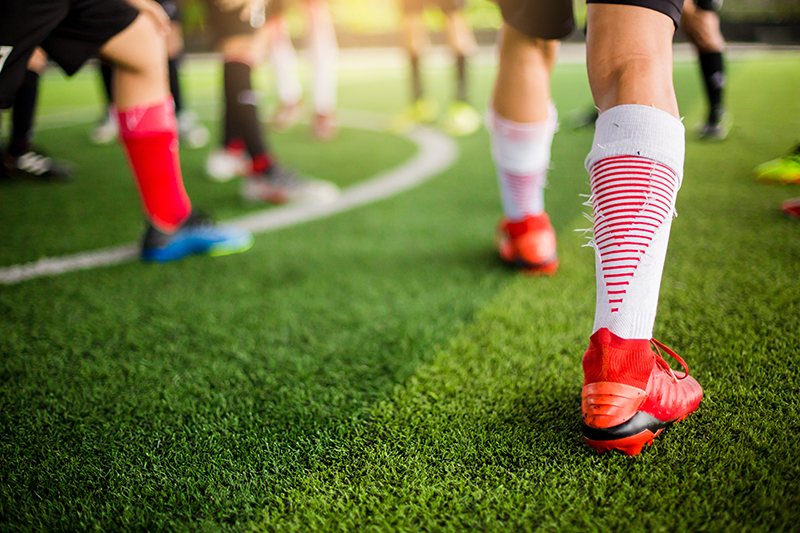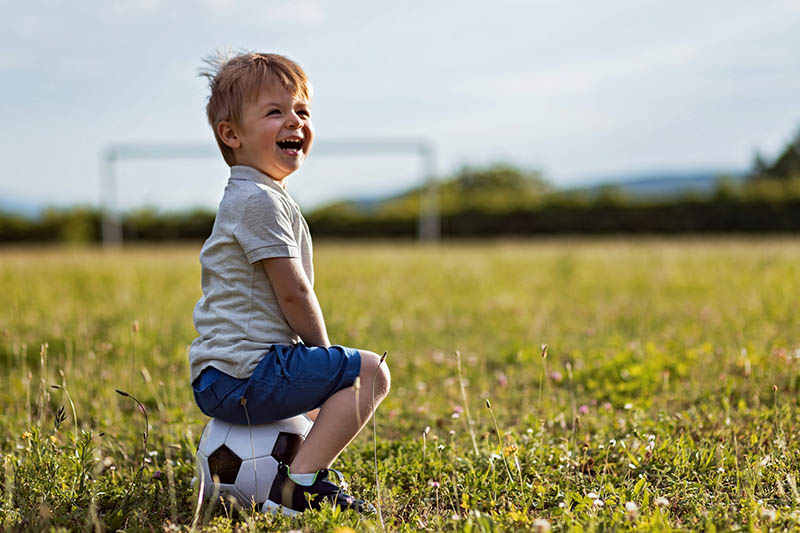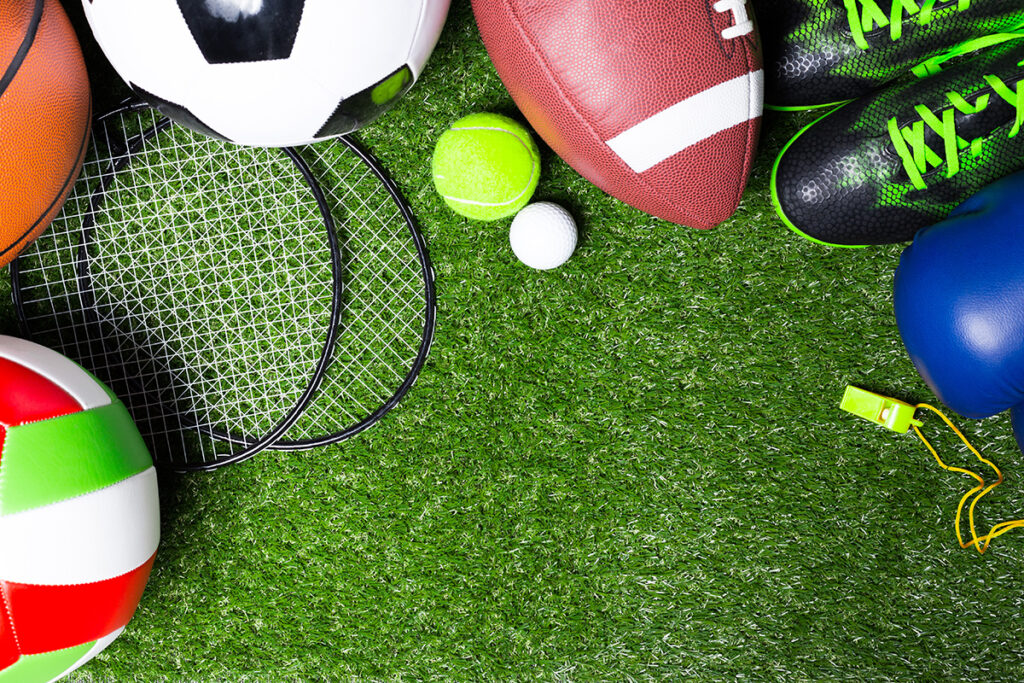Young athletes are increasingly participating in sports more competitively and intensively than ever before. While sports can offer numerous benefits—physical fitness, teamwork, and discipline—they also come with risks, particularly sports-related injuries caused by overuse. Understanding and preventing overuse injuries in young athletes is essential to keep children healthy and active, while ensuring they enjoy sports safely.
Overuse injuries occur when an athlete repetitively stresses a particular body part without allowing enough time for recovery. Unlike acute injuries, which are caused by sudden trauma, overuse injuries develop gradually. Common conditions include Osgood-Schlatter disease, stress fractures, tendinitis, and shin splints. Adolescents are especially vulnerable due to growth plates that are still developing, making them more prone to injury.
The Importance of Rest and Recovery for Young Athletes
Rest is often overlooked in youth sports, especially for high school athletes aiming to specialize in one sport year-round. Studies show that lack of rest significantly increases the risk for overuse injuries, as repetitive activity without adequate recovery can lead to physical and emotional burnout.
The American Academy of Pediatrics recommends structured rest periods to prevent common overuse injuries. These include at least one to two days off per week from sports participation and taking breaks during the year. Periods of rest allow muscles, tendons, and ligaments to recover, reducing the risk of long-term damage.
Athletes who specialize in one sport too early—whether a baseball player, gymnast, or swimmer—face higher rates of overuse injuries. Encouraging a variety of sports before adolescence not only improves overall athleticism but also reduces repetitive stress on specific body parts.
How to Recognize Signs of Overuse Injuries
Early recognition is critical in preventing long-term damage. Parents, coaches, and athletes should watch for warning signs, including:
- Persistent pain during or after activity
- Swelling or tenderness in joints or muscles
- Decreased range of motion or flexibility
- Limping or altered movement patterns
Osgood-Schlatter disease, for instance, presents as a painful bump just below the kneecap, often aggravated by running, jumping, or climbing stairs. Similarly, shoulder discomfort in swimmers and throwing athletes can indicate overuse of the rotator cuff or biceps tendon.
Ignoring these signs can worsen injuries. Early intervention by a pediatric orthopedic specialist or athletic trainer can guide proper treatment and rehabilitation.
Stretching and Strengthening Exercises for Injury Prevention
A comprehensive injury-prevention strategy involves both stretching and strengthening exercises. Proper warm-ups and cool-downs prepare muscles and joints for activity and reduce the risk of injury.
Key exercises include:
- Dynamic stretching before activity to increase blood flow and flexibility
- Strengthening core and stabilizing muscles to support joints
- Targeted exercises for vulnerable areas such as shoulders for baseball players, knees for runners, and calves for swimmers
For example, runners prone to shin splints should focus on stretching and strengthening the calves and tibialis muscles, while pitchers should strengthen shoulder stabilizers and improve throwing mechanics. Studies show that athletes who engage in structured injury-prevention routines are significantly less likely to experience overuse injuries.
The Role of Proper Nutrition in Injury Prevention
Nutrition is an often-overlooked component of injury prevention. Young athletes require adequate calories, protein, and micronutrients to support muscle growth, bone development, and recovery.
Deficiencies can increase susceptibility to injuries such as stress fractures and tendonitis. Hydration also plays a critical role—participating in sports while dehydrated can reduce muscle performance and increase fatigue, making injuries more likely.
Encouraging healthy eating habits, balanced meals, and proper hydration ensures young athletes have the energy needed to perform while preventing overuse injuries in young athletes.
How to Balance Training and Rest for Young Athletes
Balancing activity with recovery is crucial. Overtraining is one of the leading causes of injuries in youth sports. Athletes should follow guidelines for weekly training hours appropriate to their age and developmental stage.
- Avoid excessive repetition of the same movements
- Include periods of rest and active recovery
- Rotate between a variety of sports to prevent chronic stress on specific joints
- Monitor for fatigue and adjust training intensity accordingly
Parents and coaches should emphasize the importance of listening to the body. Pain or discomfort should never be ignored in the pursuit of competition or performance.
When to Seek Professional Help for Overuse Injuries
If symptoms persist despite rest and home-based interventions, seeking professional guidance is crucial. Pediatric orthopedic specialists and athletic trainers can diagnose specific injuries, recommend rehabilitation programs, and monitor progress.
Common overuse injuries that may require medical attention include:
- Osgood-Schlatter disease
- Shoulder injuries in swimmers and baseball players
- Stress fractures in runners
- Tendinitis in high-impact sports
Early diagnosis ensures proper management, reducing downtime and long-term complications.
Schedule an Injury Prevention Consultation Today
Parents and guardians play a vital role in the health of young athletes. While at-home strategies—like stretching, proper nutrition, and balanced training—are essential, professional guidance ensures individualized care.
Scheduling an injury prevention consultation with a pediatric orthopedic specialist or certified athletic trainer provides tailored recommendations to reduce sports-related injuries. Together, families and professionals can help young athletes enjoy sports safely, perform at their best, and minimize the risk of overuse injuries now and in the future.
By understanding preventing overuse injuries in young athletes, recognizing early warning signs, and implementing proper rest, exercise, nutrition, and professional oversight, children can safely pursue their passion for sports. Prioritizing balance over specialization, especially in high school athletes, sets the stage for long-term athletic success and overall well-being.



